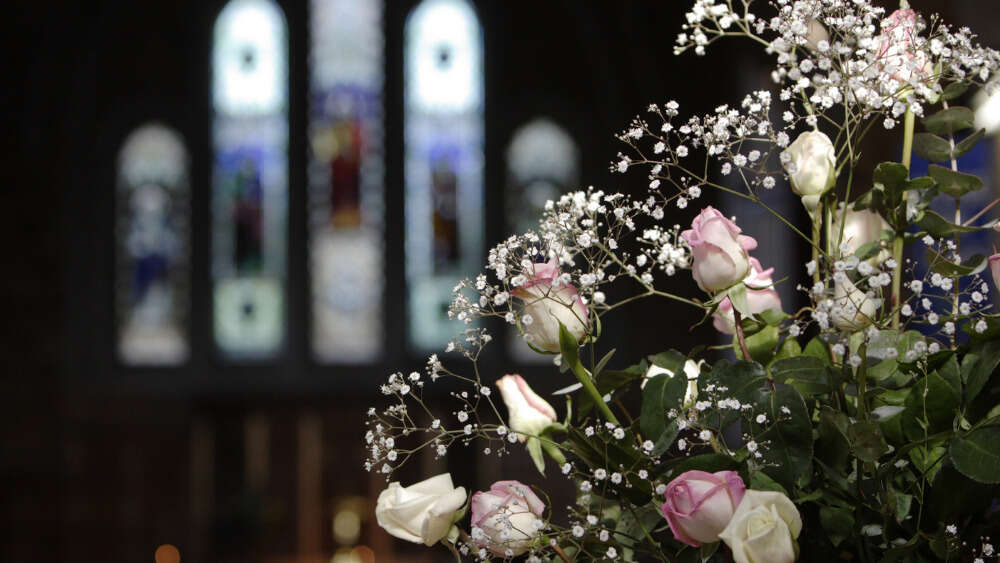Many years ago, I was a new minister in a local church in the Adelaide Hills. Celebrating Lent had not been part of my past ministry settings. In the enthusiasm of the commencement of a new ministry, the people in the church asked me how we would celebrate Lent. My only personal history up to that point was annual interchurch Lenten Bible studies.
I had to do some research. At a bookstore I found a guide to Lent and some suggestions on how to celebrate. One was to remove flowers and decorations from the church during the period of Lent.
My announcement that this was what we were going to do was met with silence and astonishment. At that time, I was not aware that there were very keen gardeners in the church who loved to share their flowers each Sunday in church!
Being new to the church, and not really well known, the gracious people agreed. For Lent, the church was bare – on Palm Sunday some greenery, but no flowers before Easter Sunday.
Giving up decorations and, in this case flowers for Lent, changed the focal point. Each Sunday we were reminded that this is a serious time in the Christian year. Letting go of flowers also served to build a level of anticipation in regard to Easter and how we would celebrate.
The season of Lent becomes a time to change our focus.
It is easy to give up some parts of our daily rhythm – those things that we won’t miss and ask nothing of us. I could give up Vegemite very easily (I am a rare Aussie who does not eat it, ever). But the choice is to let go of something that matters to us.
What happens is that the season of Lent becomes a time to change our focus. Giving up something we value or enjoy is a way of saying that our focus will not be on everything that seems important to us. Instead, our focus will be on the journey that Jesus takes.
Luke describes, with few words, a change in the focus of Jesus. Luke writes, “When the days drew near for him to be taken up, he set his face to go to Jerusalem” (Luke 9:51). The two passages that follow focus first on the reaction of a Samaritan village to the direction Jesus was heading in. The second focus is on what it means to follow Jesus and maintain our attention on Jesus no matter what we are involved in.
The phrase “set his face” is powerful. It captures a determination and a clear, set direction. The Samaritan villagers do not want to receive him because of this. Jesus, in the teaching that follows, makes it clear that the setting of one’s direction is key to following him.
This part of Luke 9:57-62 is clearly focussed on what it means to have a single, clear commitment to follow Jesus. What strikes me about these words is that they are illustrations of what it means to follow Jesus, and the setting of his face towards Jerusalem. In Jesus, we see the one who is not distracted and follows the intention of God in going to Jerusalem.

John Gilmore
Through the autumn, like the ‘letting go’ that is part of Lent, we are invited to stop and reflect on who we are in relation to Jesus and his journey to Jerusalem. Letting things go for Lent is a way of not fussing about everything and, by so doing, to reveal the structure of our lives.
Another theme to think through with care is to consider what we have learned by giving up something for Lent and to decide if we will take it up again!
The wonderful church community decided after the first ‘flower free’ Lent to do the same each year, and to use the season of Lent to be spiritually and personally ready for the events of Holy Week.
John Gilmore is Executive Officer of Global Mission Partners and President of the National Council of Churches in Australia.
This article is part of a series by different writers about how they plan to observe Lent this year. Stay tuned for more of these stories in coming weeks. We pray that they might enrich your journey towards Easter.
Email This Story
Why not send this to a friend?



